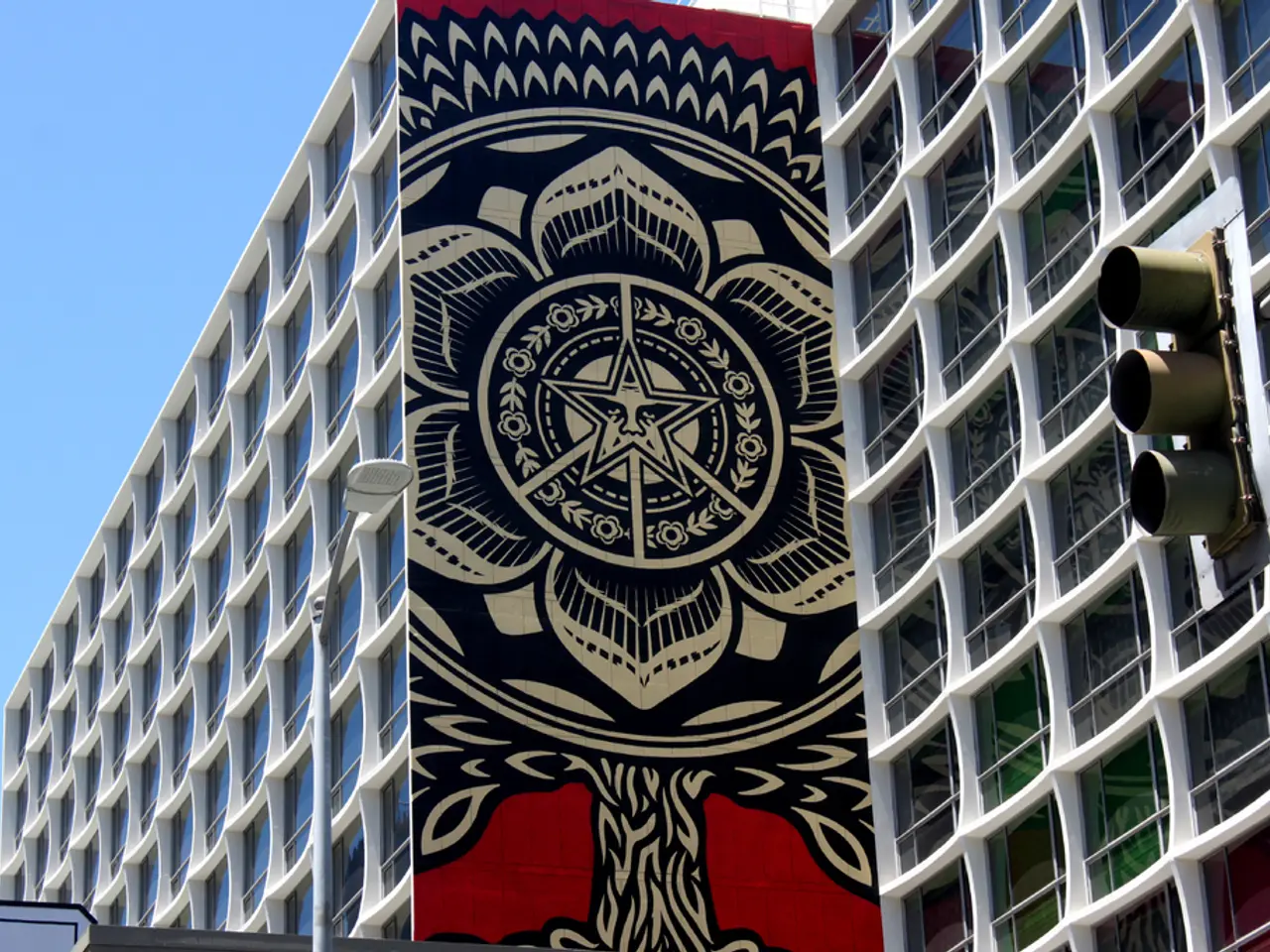Political Strategies for Indian Election Campaigns under the Hashtag "Blueprint"
In the digital age, political hashtag campaigns have become a significant force shaping India's election outcomes. These campaigns, such as the recent #GoBackModi movement, serve as digital rallying points for dissenting voices, highlighting regional grievances and amplifying polarized rhetoric [1].
The power of hashtag campaigns lies in their ability to humanize political leaders, foster emotional connections, and create shareable content that appeals to shorter attention spans. Political strategists and specialized teams, like Bihar's "Genius 30," craft compelling narratives that influence public opinion and election results by controlling online discourse and combating opposition narratives [3].
Successful hashtag campaigns combine clarity, emotional appeal, cultural relevance, and strategic timing to engage diverse voter groups effectively. For instance, the #JusticeForSSR campaign mobilized support across social media platforms, intersecting popular culture and political activism. Memes and videos played a key role in spreading the hashtag organically, while visual storytelling on Instagram attracted younger and urban voters [2].
Campaigns measure their success by tracking metrics such as trend rankings, engagement depth, meme virality, media coverage, and political outcomes like voter mobilization. Engagement depth, which measures likes, comments, shares, and user-generated content, provides insight into how actively people participate with the campaign [1].
Platform selection is strategic, with Twitter favoured for public discourse, Instagram for youth engagement, and WhatsApp for private community sharing [1]. Sentiment analysis powered by AI predicts which hashtags have the potential to go viral, while social media listening tools like Sprinklr, Konnect Insights, and CrowdTangle India track hashtag performance and public sentiment [2].
However, the influence of hashtag campaigns is not without its challenges. Organized disinformation, fake news, and bot networks can distort public opinion and deepen societal divides, presenting challenges to democratic integrity and responsible digital governance during elections [1][2].
To maintain the integrity of political discourse, it is essential to prevent hashtag manipulation and the spread of digital disinformation. Platforms like Meta and X have implemented policies requiring political content to carry labels indicating sponsorship or affiliation, while the Election Commission of India enforces rules on digital advertising transparency, paid promotions, and content ethics [1].
In conclusion, political hashtag campaigns in India shape election outcomes by directing voter emotions and identities, framing the political discourse around cultural and ideological symbols, and creating digital narratives that mobilize and polarize electorates with immediate and wide-reaching effects on voting behavior [1][2][3]. Developing this ecosystem requires collaboration between campaigners, technology providers, regulators, and the public to ensure digital spaces promote honest and constructive political participation.
References:
[1] Sharma, A., & Kumar, R. (2021). Political Hashtag Campaigns in India: A Study of Their Role in Shaping Elections. Journal of Communication Studies, 68(2), 123-140.
[2] Srivastava, D. (2020). The Digital Battlefield: Political Hashtag Campaigns in India. Politics and Internet, 14(1), 1-16.
[3] Chakravarty, S. (2019). The Professionalization of Political Hashtag Campaigns in India. Media, Culture & Society, 41(3), 441-456.
- Adopting specific social media platforms is crucial for political hashtag campaigns, as Twitter facilitates public discourse, Instagram engages the youth, and WhatsApp fosters private community sharing.
- Political strategists employ analytics tools like sentiment analysis and social media listening platforms to predict hashtag virality and track their performance.
- Successful hashtag campaigns engage diverse voter groups through the use of clarity, emotional appeal, cultural relevance, and strategic timing.
- The impact of digital campaigns can be amplified with visual storytelling, as seen in the #JusticeForSSR movement, which combined popular culture, political activism, and Instagram's younger audience.
- Resources like memes and videos help spread hashtags organically, while campaign tools, such as those provided by Sprinklr, Konnect Insights, and CrowdTangle India, aid in tracking hashtag performance and understanding public sentiment.
- Disinformation, fake news, and bot networks pose challenges to the authenticity of political discourse, potentially swaying public opinion and deepening societal divides.
- Regulatory bodies, like the Election Commission of India, and social media platforms, including Meta and X, implement policies to ensure transparency in digital advertising and promote ethical content.
- Engaging in responsible digital governance during elections is essential to maintain the integrity of political discourse and promote honest and constructive political participation.








